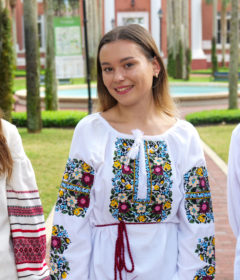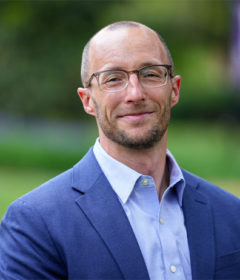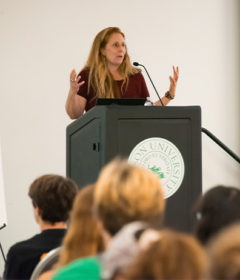Ancient Words from Modern Natives
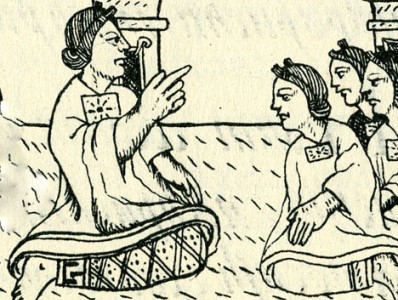 An evening of Native American story-telling at Stetson University
An evening of Native American story-telling at Stetson University
Wednesday, Oct. 15, 7:30 p.m., Room 25L in Stetson’s duPont-Ball Library
Storytelling has served the Native cultures of the Americas for millennia through collective remembrance of local history, the maintenance of traditional cultural norms and the reinforcement of community bonds. The remarkable variety of themes and styles in these truly American stories reflects the rich ethnic diversity of Native peoples even as several cross-cultural commonalities become apparent. This evening of informal story-telling will highlight both these core Native cultural patterns as well as the unique expression of the individual storytellers and his or her locally specific context.
Patricio Balona, pictured left, grew up in the Mayan village of San Antonio in the Cayo District of Belize. He enjoyed a traditional upbringing surrounded by family and friends, immersed in the ancient ways of his people. His last name is derived from the Mayan words for “Jaguar House,” words that suggest a tie to the Classic Period 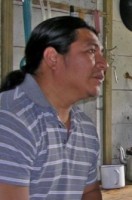 lords of Mayan city-states of old. He worked for some time with his uncle, the late Eligio Pantí, one of the region’s most renowned practitioners of herbal medicine. He learned his stories primarily from his mother and currently is working on writing them into a collection. Apart from Yukatek Maya, Patricio speaks English, Spanish, and Belizean Creole. He now works as a lead reporter for the Daytona Beach News-Journal.
lords of Mayan city-states of old. He worked for some time with his uncle, the late Eligio Pantí, one of the region’s most renowned practitioners of herbal medicine. He learned his stories primarily from his mother and currently is working on writing them into a collection. Apart from Yukatek Maya, Patricio speaks English, Spanish, and Belizean Creole. He now works as a lead reporter for the Daytona Beach News-Journal.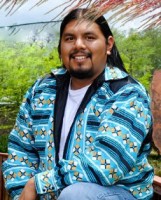
Pedro Zepeda, pictured right, is an artist and cultural activist with both Seminole and Mexican ancestry and currently resides in south Florida. He graduated from Stetson with a degree in art and continues to create in a wide variety of media, especially ceramics. His cultural activism includes a passion for historical reenactments, fabrication of dugout canoes and preservation of the Seminole language.
Nicolasa Jerónimo Ramírez, bottom left, is a Mam-speaker from the Mayan community of Todos Santos Cuchumatán in the western highlands of Guatemala. The Mam have been able to protect their 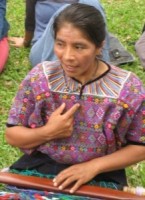 traditional ways better than many Mayan groups, especially in the realm of storytelling. The fact that Nicolasa was largely raised by her grandparents gave her special access to stories that have been forgotten by many younger Maya. Her intimate tales of struggle and survival are told with such humility and grace that listeners are provided with ready access into a radically different cultural paradigm. Even though she is a master weaver on the backstrap loom, she currently works as an agricultural laborer in Deleware. Her brilliant textiles will be available for purchase on campus during the week of her visit.
traditional ways better than many Mayan groups, especially in the realm of storytelling. The fact that Nicolasa was largely raised by her grandparents gave her special access to stories that have been forgotten by many younger Maya. Her intimate tales of struggle and survival are told with such humility and grace that listeners are provided with ready access into a radically different cultural paradigm. Even though she is a master weaver on the backstrap loom, she currently works as an agricultural laborer in Deleware. Her brilliant textiles will be available for purchase on campus during the week of her visit.
This event, open to the public, free of charge, is sponsored by the Stetson Artists & Lecturers Series and the Latin American Studies Program. Cultural credit is available to Stetson students.
For more information contact Robert Sitler, Ph.D., professor of modern languages and literatures and director of Stetson’s Latin American Studies Program, at 386-822-7281 or [email protected].

